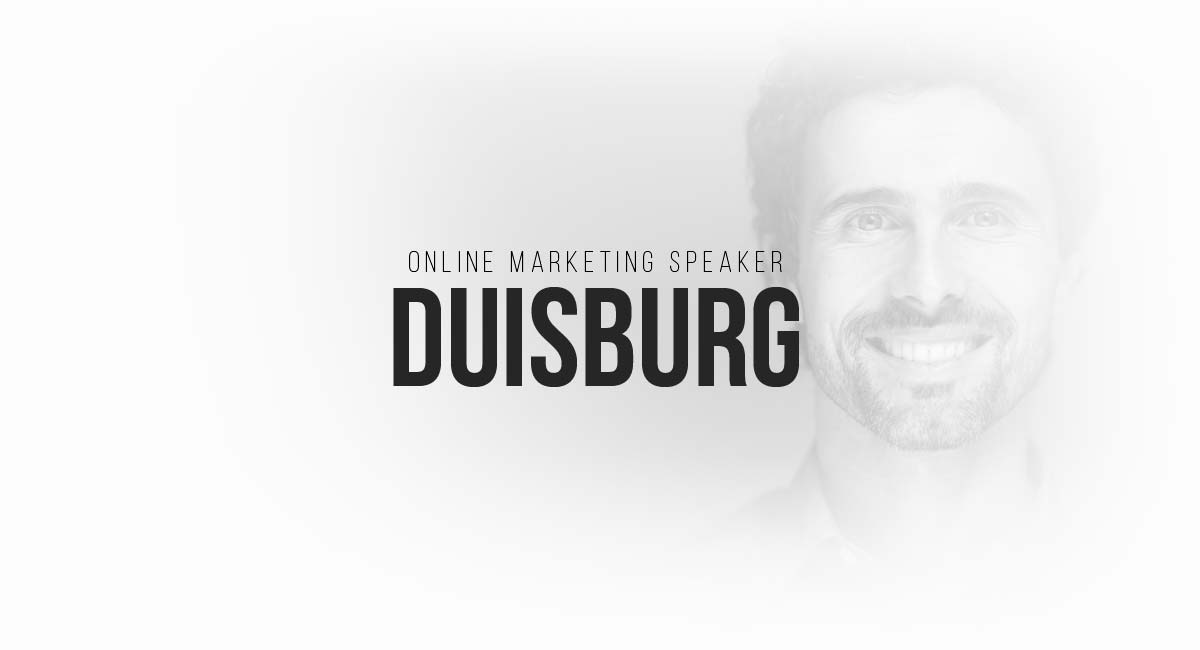The perfect PowerPoint presentation: Free template for beginners
As a speaker you always need a very good presentation. It has to be processed by the speaker so that everyone can understand it quickly and easily. Especially during speeches at major conferences and congresses, a speaker often does not have a long time to transport the often many and complex contents and topics in a professional manner. Therefore, it is essential that visitors feel confident and guided in the audience by the presentation.
- The placeholder
- Theme, Expertise and Self-Presentation
- Overview or teaser
- presentation
- Handout
- Last slide
The first slide: The placeholder
At the beginning of the presentation, on the first slide, you should always have a “waiting foil” or a placeholder. If the lecture does not go directly or has to be adjusted, whether microphone, entertainment system or even the audience. Here, on the first slide, for example, just show your company logo. This gives you turn presence and the people, or listeners, know where you are from. You can also mention the title of the lecture or the event. With this title, you can get a picture of what is going to happen in the next 20 or 30 minutes in the next 20 or 30 minutes.

The second slide: theme, expertise and presentation
Important, this film is optional, as is foil three. If you are known as a speaker, or the topic already known, one can also go directly to slide four. The exact structure is different from speech to speech. As a rule, however, the second slide should directly cover all the frame information of the lecture.
- Where are we? (Name of the event)
- Why? (Content of the lecture)
- Who are you? (Name, expertise, experience)
The film should therefore deal with the subject and you. Where did you get your experience, in what areas did you work, and what do you have in mind that this lecture topic is relevant? You can explain this with a brief overview. Your name, your current company, possibly a few past ones with relevance, as well as two or three references, for example if you speak for an advertising agency. Furthermore, the event should be mentioned, with logo or in text form. Too much information should not be here, so you can spontaneously contribute ideas or projects.
Depending on the audience and topic, there are two ways to fill the third slide. Either by providing the full content or by a teaser, for example an interesting video of a government agency like Nasa. That creates attention.
If you decide on the content, then you should give the audience in the slide already an overview, which sub-topics are discussed in the following speech. For the next 20 or 30 minutes, you have a concept in the head, at which point the lecture is currently held.
This example shows a jungle of social media networks, intstead of a boring list of names.

Do not forget handout! Guide and value for presentations
At this point is also a handout to emphasize, it should be a very short form of your lecture, which is constantly on the tables of your guests, so that they can talk along the speech. Here, for example, you can As well as more detailed links or more detailed information which can not be packed in the lecture. In this way, the audience can also inform themselves about the lecture and its topics in retrospect. Of course, as a company, they also have a Reminder with their audience.
Slide four and so on: quantity, form and content of the presentation
In the next slide, you will now explain step by step the individual topics and the content you want to transport to your audience. The amount of pages is difficult to estimate, but you should not have more than one slide every two minutes. This makes the listeners quickly overloaded with information and can not really follow. If you want to remain as long as possible on a foil, the picture and your presentation will burn better. In addition, there is much less distraction through the presentation.


The last slide: Summary and conclusion of the keynote speaker
The last slide should once again summarize your entire topic. We also use a concept that is divided into three parts. We are giving the listeners an idea of the opportunities and chances for them. The easiest way to do this is to draw three scenarios for your audience. How would it work in the best case? How would it work in the worst case? What would be the probable middle way?
- Best Case
- The Middle
- Worst case
It also enables young and inexperienced speakers to quickly and easily prepare a perfect PowerPoint presentation for the next speech. We wish you every success.




